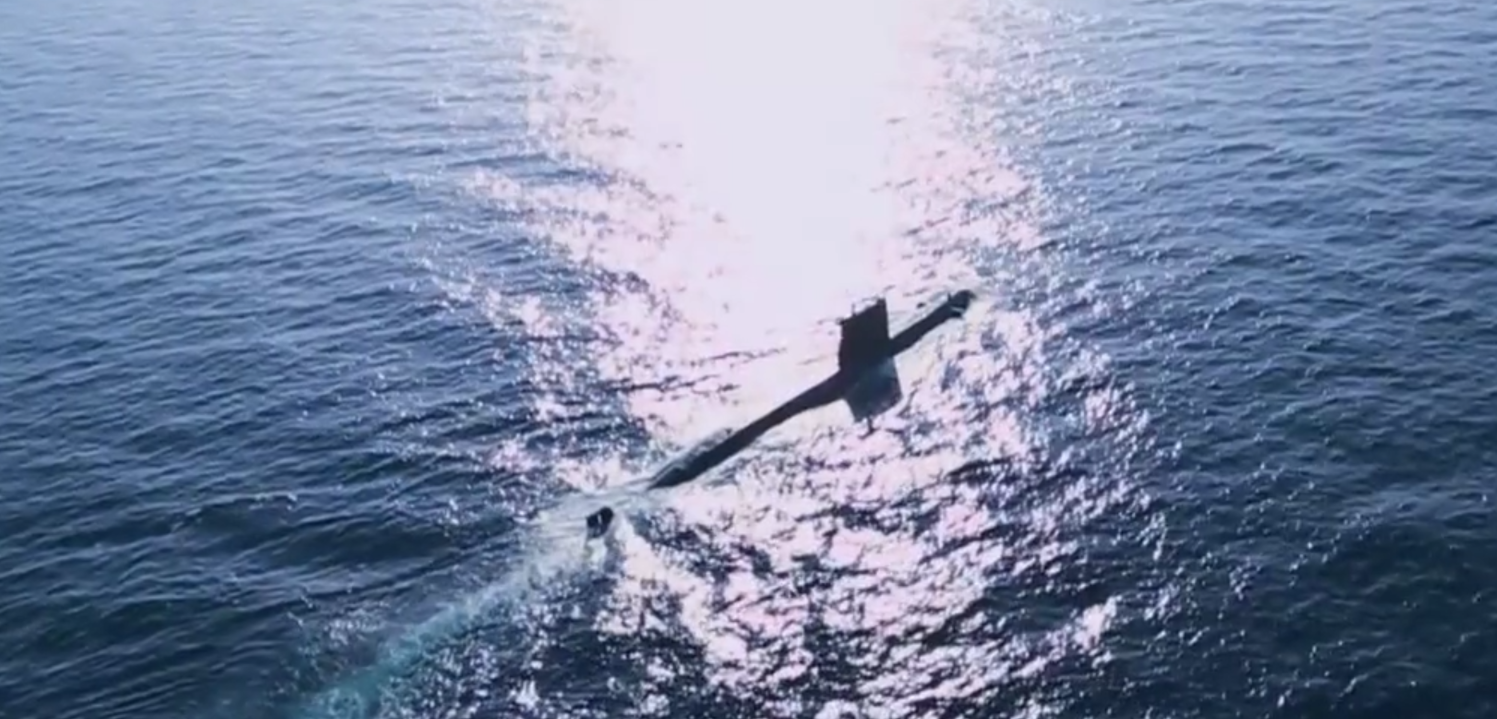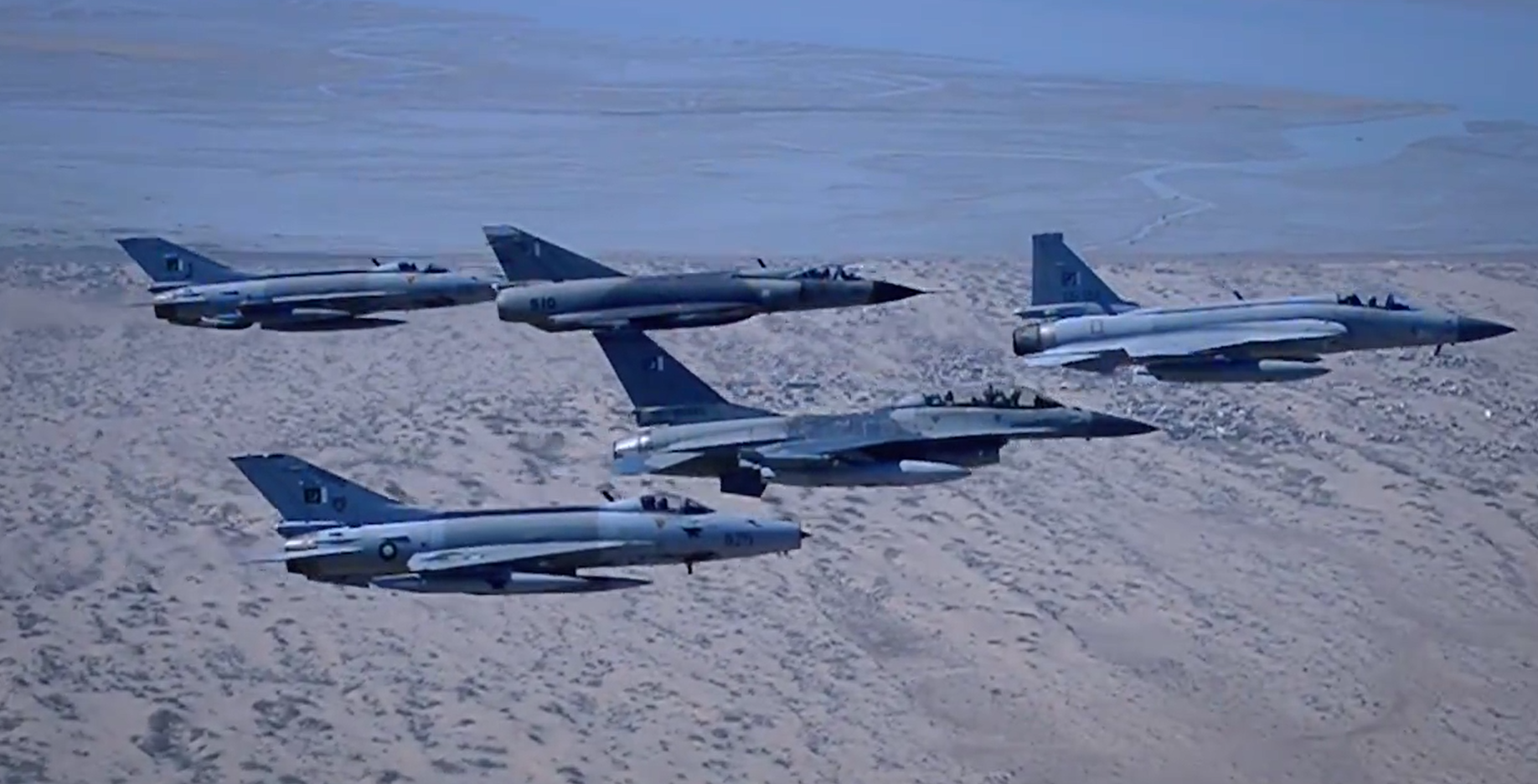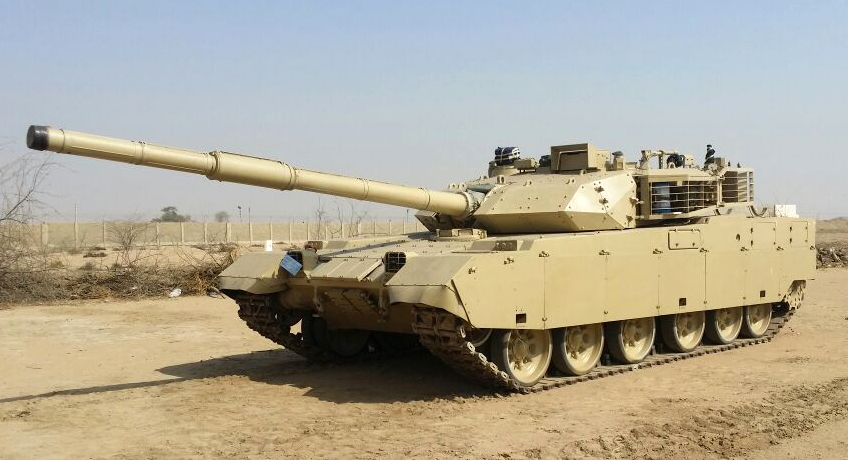2474Views 3Comments

Understanding Pakistan’s Maritime Interests
Note: This article will feed into Quwa’s ongoing series about Pakistan’s pursuit of force multiplier assets.
In May 2016, the Chairman of the Pakistani Senate Committee on Defence, Mushahid Hussain Syed, stated that the Pakistan Navy had a major role to serve in Pakistan’s geo-political future.
With the Gwadar deep seaport, the China Pakistan Economic Corridor (CPEC) and its linkage to Central Asia, and extension of Pakistan’s continental shelf (of 50,000 km2), it would seem that Pakistan’s maritime interests are on track to growing, especially over the long-term.
However, if one accounts for the reality that Karachi constitutes a fifth of Pakistan’s GDP output, then the notion that Pakistan’s maritime interests will matter is intriguing. In truth, it should have always mattered, not just in terms of the Pakistan Navy, but in general maritime development.
Consider the fact that the Pakistan Merchant Navy currently has nine or ten ships with a total lift capacity of 611,411 deadweight tonnage (DWT). This is not to say that this is the sum of all Pakistani imports and exports as foreign merchant ships are involved, but Pakistan is clearly not taking the lead in its trading.
Unfortunately, this is less of a problem with the Merchant Navy than it is the truth that there has not been a concerted effort in recent years (or decades) to proactively construct overseas markets for Pakistan (in terms of lucrative exports and affordable imports). Urgency must emerge from the top, and in time, that urgency will translate into concrete activity in those entities required to physically implement policy – e.g. the Pakistan Navy and Pakistan Merchant Navy. Of course, the story could change if the continental shelf extension yields a valuable trove in carbon and/or mineral wealth.
If Pakistan intends to deepen its trade markets in the Arab Gulf (as well as ideally Africa), and in the process broaden the dependence of its principal port cities on sea-trade, then a strong seafaring navy is a must. How that takes shape is a matter of debate, one at the minimum, one might imagine the need for a fairly sizable number of frigates and auxiliary ships to support the combatant fleet. But this cannot happen in the absence of building-up the Pakistan Merchant Navy. National ships will be pivotal actors to spearhead trade, even in the most difficult of conditions (and in the process, these ships would be the primary vessels the Navy will escort through Pakistan’s sea-lines-of-communication or SLOC).
It is worth noting that Pakistan has another avenue for prosperity – Central Asia. The current rationale on the part of Pakistan’s strategic thinkers seems to center on having Pakistan serve as a conduit for Central Asian exports. These goods from China, Uzbekistan, Tajikistan, etc would flow through Pakistan (via CPEC) to Gwadar, and in turn, travel across the Arabian Sea to other markets.
However, is there not an additional method (thankyou Mohsin E. for raising this point earlier) for both enhancing Pakistan’s economic fortunes and fortifying its security interests? The Central Asian states are major importers of manufactured goods; from heavy equipment to electronics to automobile parts, the likes of Kazakhstan, Uzbekistan, Tajikistan, etc, would greatly benefit from the influx of affordable goods in these fields. If Pakistan can develop its own economy to produce these goods, it could have a means to economically prosper even in the worst case scenario of an Indian naval blockade on its seaports.
Broad perspectives aside, this is not to say that the Pakistan Navy cannot make use of new surface vessels. Rather, it is important – at least in the short and medium-term – to match the Navy’s surface combatant needs with its principal war objectives. Conventional submarines are excellent anti-access and area denial (A2/AD) assets, but the region’s heavily saturated anti-submarine warfare (ASW) environment (e.g. India’s P-8I Neptune and ASW corvette fleets) will pose a threat, even to submarines.
In this context, bringing medium-range (and in time, long-range) anti-air warfare (AAW) capabilities at sea – for the sake of providing an air defence umbrella for submarines and other A2/AD assets (e.g. fast attack crafts) is a valid proposition. Perhaps Pakistan could try and emulate the Israeli Sa’ar 6 corvette, which is capable of carrying a medium-range/long-range (MR/LR) surface-to-air missile system. The idea of using the Turkish MILGEM as the basis for a platform, though Pakistan will need to source a MR/LR SAM system (which may not be a factor for at least three to five years).



3 Comments
by Qasim57
Pak Navy is perhaps the worst-hit, in our post-Mush economic debacle (which was, admittedly, of Mush’s own creation).
Need money for U-214’s and multipurpose LHDs.
by Mateen Zaman
Naval eqpt is too expensive and beyond the reach of present defense budget allocation,leasing Gwader or Ormara to Chinese is the only solution to keep IN at bay,if we start matching ship to ship,sub to sub or naval air arm to the IN naval air arm,we have to exhaust our complete national budget,yes placing of DF 21s and similar systems can counter weight IN capabilities to some extant
by Mohsin E.
Thanks for the citation Bilal, and for fleshing out the idea, much appreciated. Keep up the good work on this site.